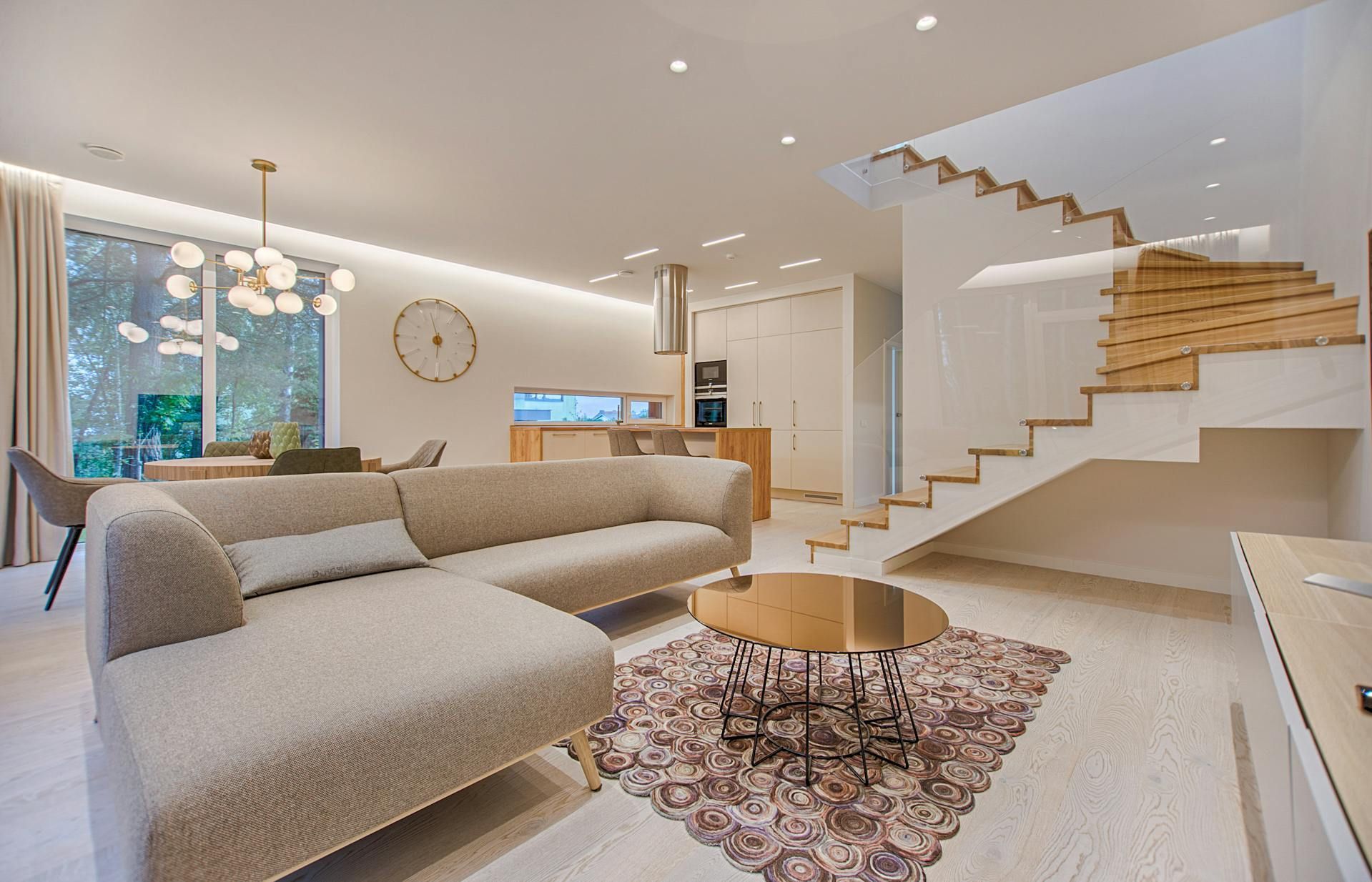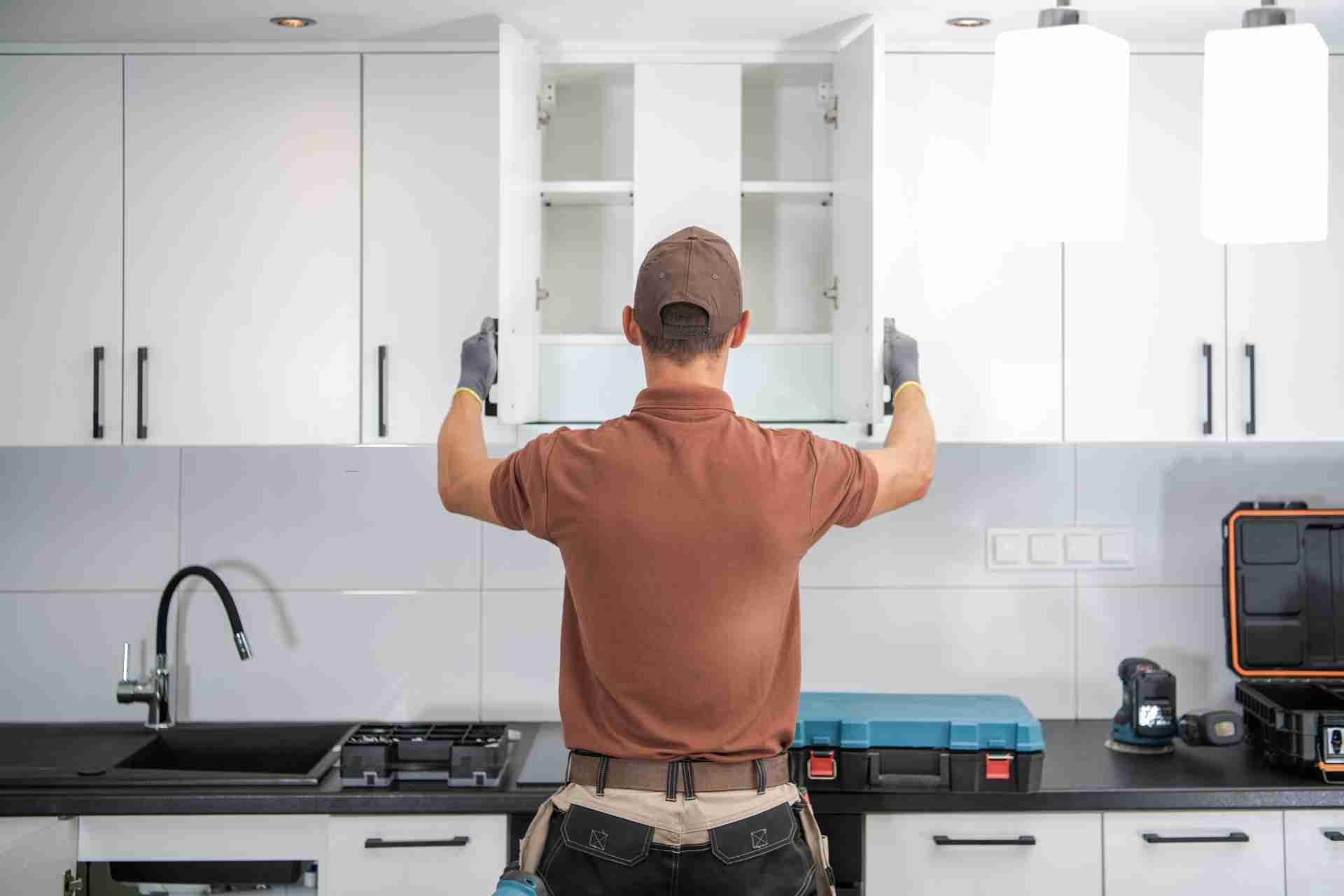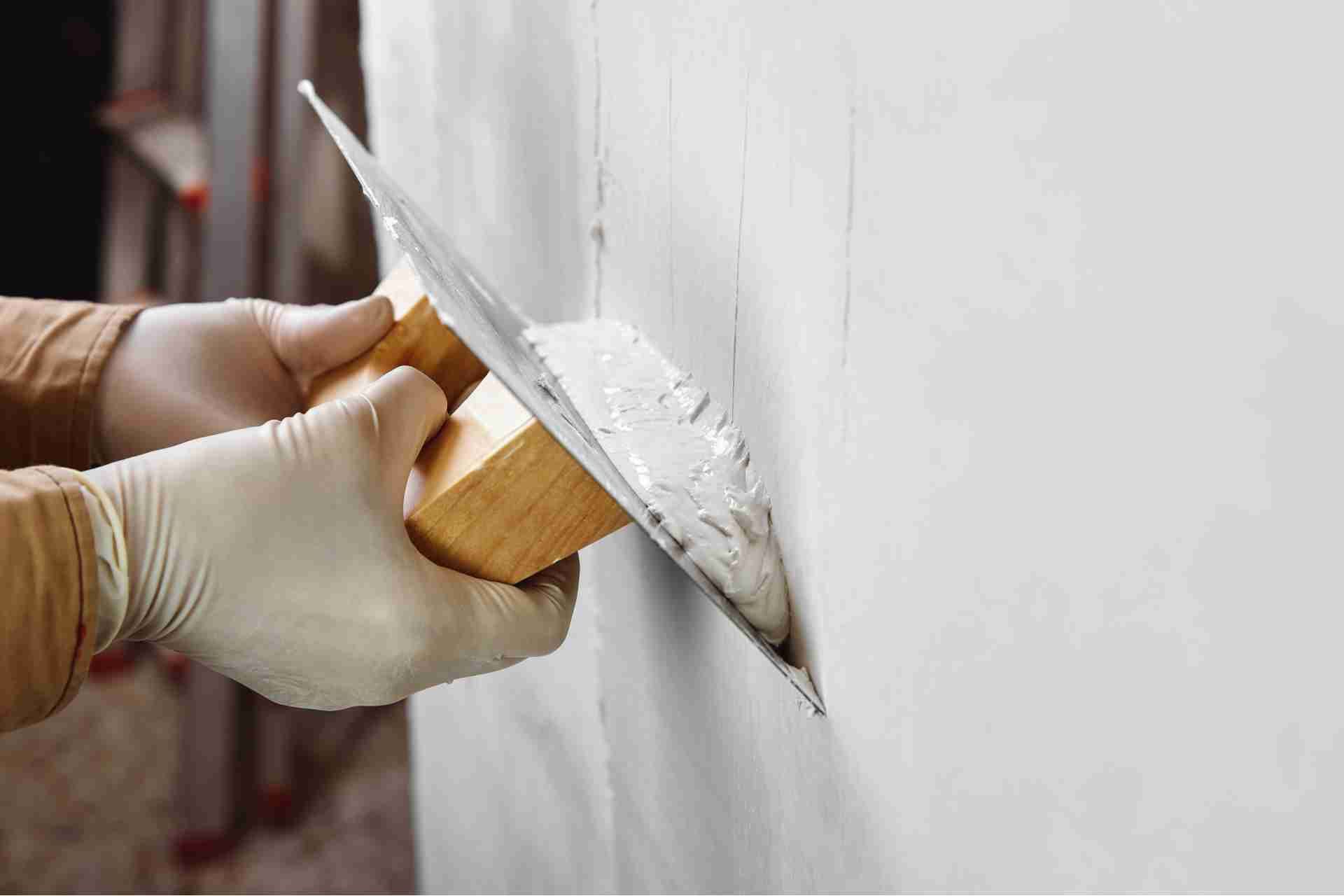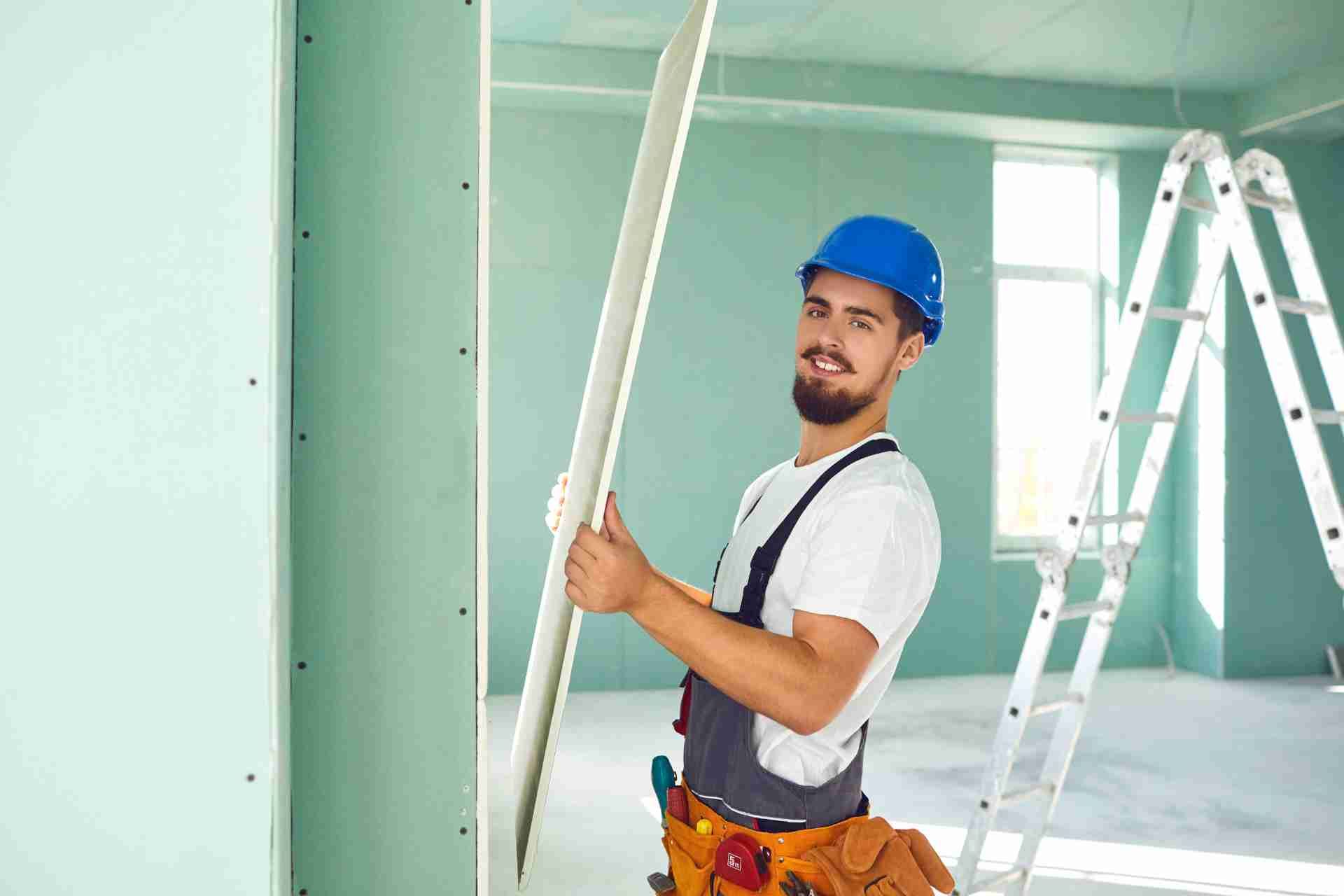Tips for Choosing the Right Color Scheme for Home Interior Painting

You may think selecting paint colors is as easy as picking your daily attire, but when it comes to your home's interior, the stakes are higher. The hues you choose can make or break the ambiance.
Imagine walking into a room where the color scheme instantly soothes your mind and sets the tone for relaxation. Interested in creating such an experience in your home? Let's explore the art of choosing the perfect color scheme for your interior painting project.
Importance of Understanding Color Psychology
Understanding color psychology is crucial when selecting a home interior color scheme to create the desired atmosphere and mood. Color perception plays a significant role in how different colors are perceived emotionally and psychologically. For example, warm colors like reds, oranges, and yellows tend to evoke feelings of energy, warmth, and positivity. On the other hand, cool colors such as blues, greens, and purples are known for their calming and soothing effects.
The colors you choose for your home can have a direct impact on your mood and overall well-being. Different hues can influence your emotions in various ways. For instance, soft pastel shades can create a sense of tranquility and relaxation, while bold and vibrant colors can add excitement and energy to a room. By understanding the mood influence of colors, you can strategically use them to enhance the ambiance of each space in your home.
Consideration of Natural Lighting Effects
When planning your home interior color scheme, take into account how natural lighting impacts the colors you choose. Natural light plays a crucial role in how colors appear in a room. The color temperature of natural light can vary throughout the day, affecting how colors are perceived. For instance, cool daylight may enhance blues and greens, while warm evening light can bring out reds and yellows more prominently.
To make the most of natural light effects, consider the orientation of your rooms. North-facing rooms tend to receive cooler, bluer light, which can make colors appear crisper and brighter. In contrast, south-facing rooms receive warmer, yellower light, potentially making colors look more subdued. East-facing rooms get a lot of light in the mornings, while west-facing rooms have warmer light in the afternoons.
Impact of Room Size on Color Choice
Consider the size of your room when selecting colors for your home interior to create a harmonious and visually appealing space. Color perception can be influenced by the dimensions of a room. Lighter shades tend to make a room feel more open and spacious, while darker colors can create a cozy and intimate atmosphere. For small rooms, opt for light, cool tones like soft blues or pale greens to give the illusion of a larger space. On the other hand, in larger rooms, you can experiment with warmer and darker hues such as rich reds or deep purples to create a more inviting feel.
Visual illusions play a significant role in how we perceive space. Using monochromatic color schemes can help create a sense of continuity and openness, making a room feel more expansive. Additionally, painting trim and moldings in a lighter color than the walls can draw the eye upward, making the ceiling appear higher and the room more spacious overall. By considering these factors, you can choose the right color scheme to enhance the size and feel of your room.
Harmonizing With Existing Furniture and Decor
To create a cohesive home interior color scheme, start by assessing how your existing furniture and decor can harmonize with your chosen colors. Color coordination is essential in achieving a balanced and visually appealing look in your space. Consider the undertones of your furniture and decor pieces to ensure they complement, rather than clash with, your selected paint colors. For example, if you have warm-toned wooden furniture, you may want to opt for wall colors that also have warm undertones to create a seamless flow.
Additionally, furniture placement plays a crucial role in the overall aesthetic of a room. When deciding on a color scheme, take into account how the colors will interact with the furniture arrangement. Darker shades can make a room feel cozy and intimate, while lighter colors can create a sense of openness and airiness. Make sure the colors you choose enhance the existing furniture layout rather than overpowering it. By carefully considering color coordination and furniture placement, you can create a harmonious and visually pleasing home interior.
Apply the 60-30-10 rule
The 60-30-10 rule is a simple formula that designers use to create visually appealing color schemes. The idea is to divide your color choices into three categories: 60% dominant color, 30% secondary color, and 10% accent color. By following this rule, you can ensure that your space has a cohesive and polished look.
When applying the 60-30-10 rule to choosing the right color scheme for your home interior, start by selecting your dominant color. This will be the main color that you use in the majority of the space, such as on the walls or large pieces of furniture. Choose a color that you love and that sets the tone for the room.
Next, choose your secondary color, which should make up around 30% of the color scheme. This color should complement your dominant color and add depth and interest to the space. You can use this color on smaller pieces of furniture, accent walls, or textiles like curtains and rugs.
Finally, select your accent color, which should make up around 10% of the color scheme. This color should be a pop of contrast that adds personality and visual interest to the room. You can use this color sparingly on accessories like throw pillows, artwork, or decorative accents.
Practical Tips for Testing Color Samples
Testing color samples before committing to a full paint job can save you time and money while ensuring the perfect hue for your home interior. When testing color samples, consider the lighting in your space. Natural light can make colors appear differently than artificial light, so test samples in various lighting conditions.
Another tip is to paint large enough swatches on different walls in the room. This allows you to see how the color interacts with the room's architecture and how it changes throughout the day.
Utilize different testing techniques such as painting directly onto the wall or using sample boards that can be moved around. By testing samples on different walls and at different times of the day, you can observe how the color perception shifts.
Remember that colors can look different depending on the surrounding environment, so take your time to evaluate how the color samples work with your furniture and decor. By following these practical testing tips, you can confidently choose the right color scheme for your home interior.
Choose the Right for Home Interior with Pine Tree Painting
If you're feeling stuck or unsure about how to choose the right color scheme for your home interior, don't hesitate to ask for help from
Pine Tree Painting. With our expertise and guidance, you can transform your space into a stylish and personalized haven that you'll love coming home to.
Contact us today to schedule a consultation and get started on your painting project.










